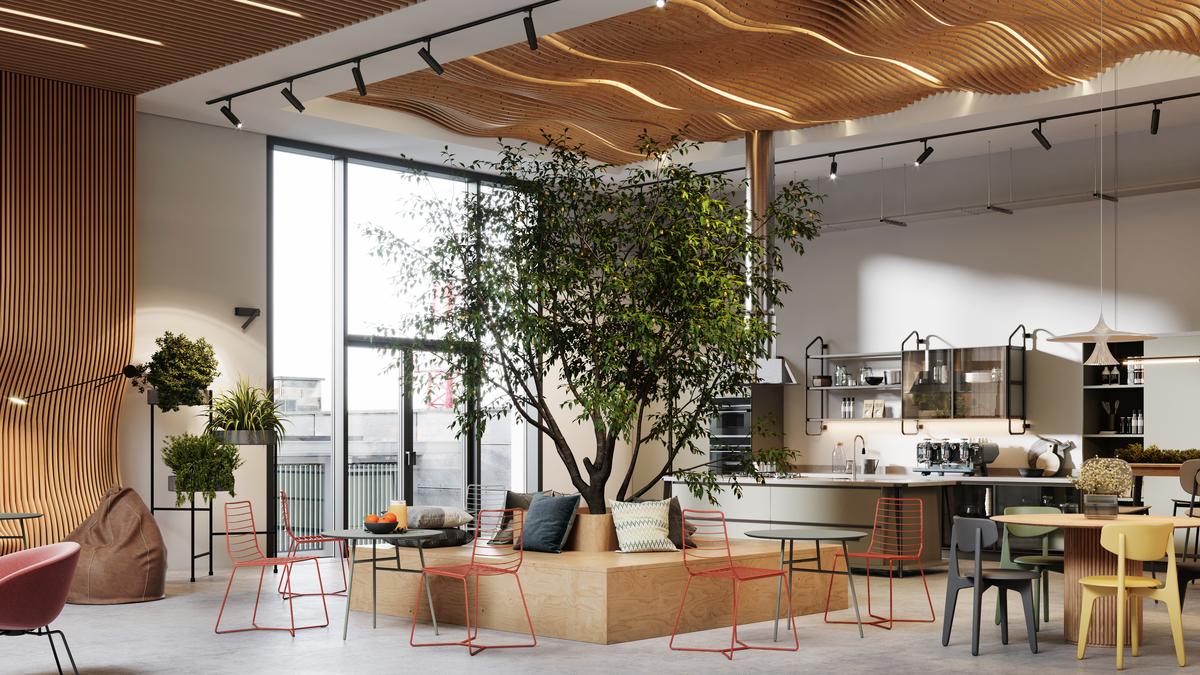
Green future for hotel design
The Hindu
There are innovative alternatives to reduce resource consumption and minimise waste, while elevating the overall guest experience in the hospitality industry
Driven by both economic and environmental factors, as well as a growing consumer demand for greener practices, the hospitality industry has been gravitating to sustainability and energy efficiency. Integrating elements of nature into interior spaces, such as living green walls, indoor plants, and natural materials, enhances well-being and connection to the environment. Biophilic design is another trend that is gaining currency. Also, designing furniture and interior layouts for adaptability and reconfiguration maximises space utilisation. Modular design facilitates efficient bulk production, ensuring that sustainable products, when used mindfully, have a significant impact.
Modern travellers prefer experiences and connections over traditional hotel loyalty programmes. By hosting community events, offering memberships for fitness and wellness facilities, and providing co-working spaces accessible to non-guests, hotels can position themselves as vibrant neighbourhood hubs.
The hospitality industry has also been witnessing a strong affinity for sustainability among millennials and Gen Z. This section seems to prioritise ethical consumption and is willing to pay a premium for sustainable products and services, using their purchasing power to drive positive change. With easy access to information, they research and choose brands that align with their values, holding companies accountable for their environmental impact. Social media amplifies this trend, as eco-friendly practices are frequently shared and celebrated online, shaping travel choices and fostering a community of like-minded individuals.
According to research conducted by Booking.com, a leading online travel agency, 76% of travellers last year indicated a higher likelihood of booking a hotel if it had a green certification. Furthermore, the study revealed that 43% of travellers are willing to invest more in accommodations that prioritise sustainability. Here are several strategies to achieve this:
Creating unique aesthetics in hospitality spaces often involves using authentic concepts and distinctive materials. Sustainable materials that can be utilised in architecture and space design include:
Reclaimed wood: Salvaged wood from old buildings or furniture can be repurposed for construction, flooring, wall panelling, and furniture. This reduces the demand for new timber and minimises waste.
Bamboo and cane: A rapidly renewable resource, bamboo is durable and versatile, making it suitable for flooring, furniture, and decorative elements. Bamboo variants, such as cane and rattan, can be effectively used in design, inspired by traditional Indian construction techniques of weaving and patterning.











